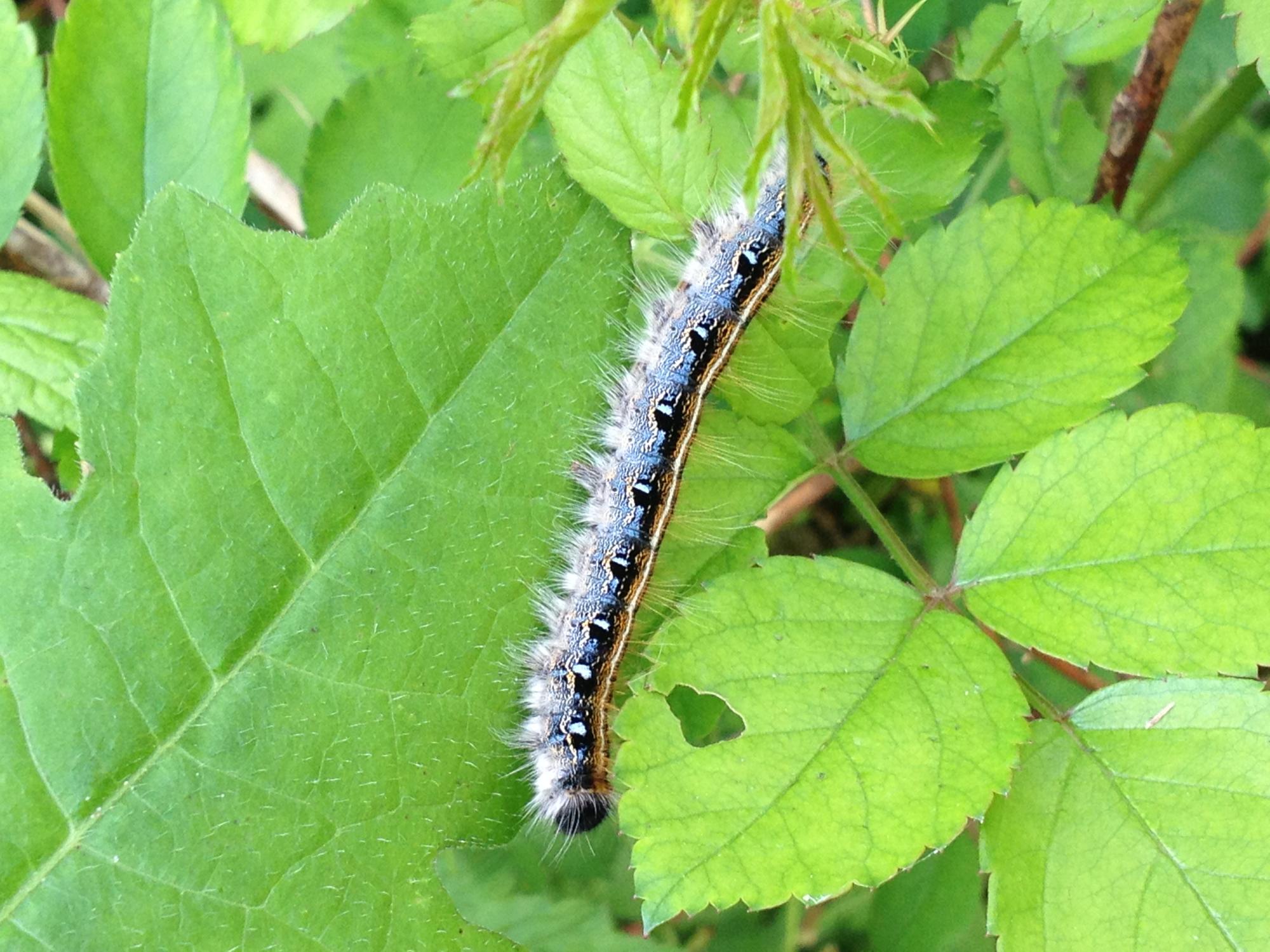MOTH caterpillars - GROUP #2
Eastern Tent Caterpillar. These very common caterpillars emerge from communal webs in the spring.
LeConte's Haploa caterpillar, crawling on one of the signs along the Cedar Bog boardwalk.
Another LeConte's Haploa caterpillar. These caterpillars survive the winter in the larval stage and emerge en masse on warm days in late winter and early spring. I found over one hundred of them at Cedar Bog on March 12, 2016.


Side view of an Eastern Tent Caterpillar. This species feeds on members of the rose family, and I often find the caterpillars on crabapple trees or rose bushes.
Clymene Moth caterpillar. This species is closely related to the LeConte's Haploa moth (above). Found at Huffman Prairie on May 8, 2016.
This caterpillar belongs to the genus Grammia, a genus of tiger moths (species undetermined). Several species in this genus are difficult to distinguish from one another, both as caterpillars and adults.
Fall Webworm moth. This is another common caterpillar that lives in communal silken nests.
Yellow-stiped Armyworm caterpillar. This species eats a wide variety of plants. The adult moths are migratory, and both the adults and caterpillars show up in large numbers in late summer and fall.
Another Fall Webworm caterpillar, found in Miamisburg. These caterpillars are common in late summer and early fall.